I would personally just look at the setup and copy it with stuff from the hardware store..
Do you think you can run it all year round up here? I can see if you had it indoors to some degree but what about outside?
No it wouldn't fly outside, too cold for tilapia, they need 80 degrees to thrive. You'd need a warm greenhouse.
I have wanted to start a thread here for a while about backyard aquaponics since this will be the 3rd season I've done it. I have a thread over on AR15.com, but my system only runs the 3 seasons since it has to shut down in the winter due to the water freezing, and so it fits well on this forum given the common weather we share.
It absolutely can be done far less expensively than buying a kit. The 250 gallon tote containers can be obtained cheaply enough. You also need to understand how it all works and piecing it together goes a long way towards developing that understanding.
Tilapia are completely out. As pointed out, they will only grow between 75 and 85F. At 70F, they stop growing. At 55F, they die. They are a tropical fish. I've read about some Tilapia species that can tolerate lower temperatures, but you are looking for growth, not just surviving.
Trout would seem like a perfect candidate in the northeast, but while the temperature is great for a good portion of the season, there is probably 6 weeks or so where it is simply too hot. My peak temperature in the dead of summer is 80F.
That leaves a few candidates that can tolerate both extremes of hot and cold, and are adaptable to eating some form of pelleted fish feed. I like catfish and have kept Brown Bullhead catfish since they are available locally from lakes and ponds. They have no problem with ice-cold water and thrive in warm water. They will eat just about any kind of feed. I have also kept White and Yellow Perch. I haven't really tried Bluegill yet but I've had some sunfish in there and they do seem to do well.
For this year, I will continue with Brown Bullhead catfish and Yellow Perch but I'm also raising some Channel catfish in a 75 gallon stock tank indoors and I'll be putting those outside when my system is up and running again.
Here are some pictures.
This is the system. The tank at the bottom of the screen is a 550 gallon fish tank. Water flows into it and exits via a 2" PVC pipe out the side into the next tank which is the grow bed. The grow bed is filled with gravel which acts as the surface onto which bacteria grow and also as the support for plants to root in. The bacteria break down the ammonia into nitrate which is then absorbed by the plants. The water then flows into a sump tank. From here, there is a single pond pump that pumps the water back into the fish tank where the water cycle starts all over again.
This is a picture with the fish tank and sump tank covered with tarps. If you do not cover these, algae will grow in the water until you essentially have pea soup. Covering it prevents enough light from shining on the water and prevents all algae growth.
The left-hand part of the photo shows the grow bed grown over by tomatoes, corn and cucumbers.
This is a better picture of the fish tank showing how the 2" PVC pipe goes from the bottom of the tank and empties out the side. You can also see a copy of a Fish & Game aquaculture permit ($20/year) for a non-commercial license to catch and transport live wild-caught fish. You have to list what wild-caught fish you want to transport on your form. There are some fish they will not let you transport and some that they will let you only put into a closed-loop system so there is zero chance that they can escape back into the wild. If you are using fish that you have purchased, then you don't need a license as long as there is no way for your fish to get into any waterway.
This is a picture of the Channel catfish I am raising indoors using a canister aquarium filter and a 75 gallon stock tank. There are two Brown Bullhead catfish in there as well with the rest being Channel catfish.
I am excited about starting a thread here because this system is a 3 season one that must be shut down in the winter and I've been able to overwinter the fish in my garage at near-freezing temperatures. I have kept fish in the unheated garage for 3 years now so I feel I have some good advice to give on the subject.
![Grin [grin] [grin]](/xen/styles/default/xenforo/smilies.vb/041.gif)
ETA: A word of caution: This is a very time and reading intensive project if you decide to undertake it. If you are doing it as an interesting hobby, then go right ahead. But you are better off raising chickens from a survival standpoint. If I had simply used the money I've put into this to buy canned fish and rotating that stock, I'd be much further ahead.
![Roll Eyes [rolleyes] [rolleyes]](/xen/styles/default/xenforo/smilies.vb/042.gif) A very large system can be setup for a fraction of what they're charging for even their smallest system. ($995) A system doesn't have to look "pretty" it just has to work and many people have set up huge working systems for peanuts in costs.
A very large system can be setup for a fraction of what they're charging for even their smallest system. ($995) A system doesn't have to look "pretty" it just has to work and many people have set up huge working systems for peanuts in costs.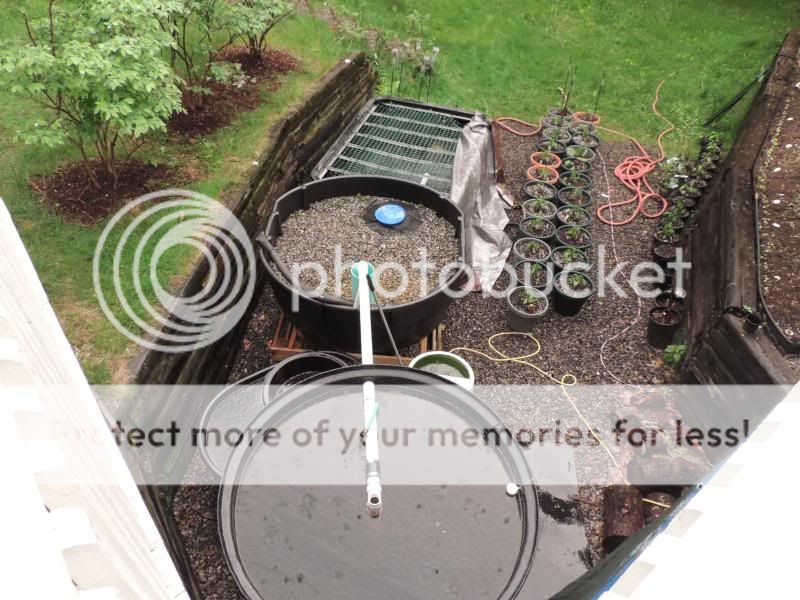
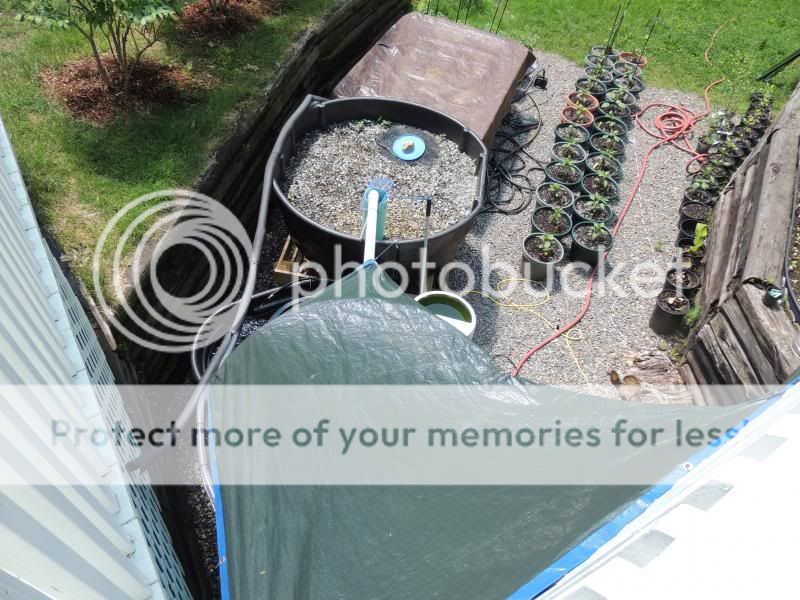
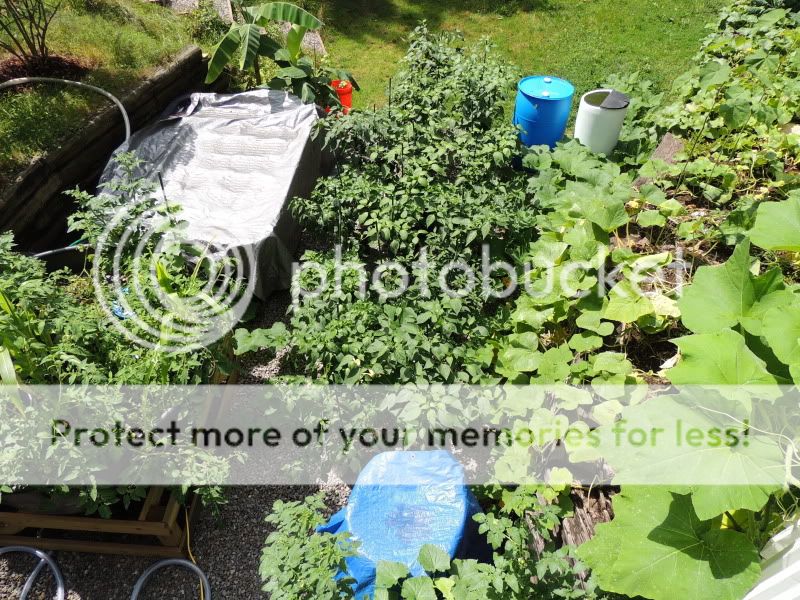
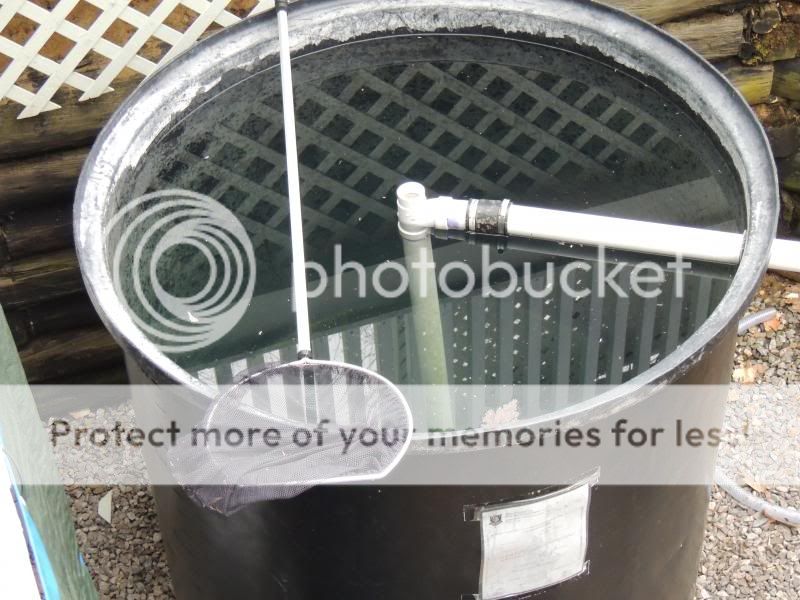
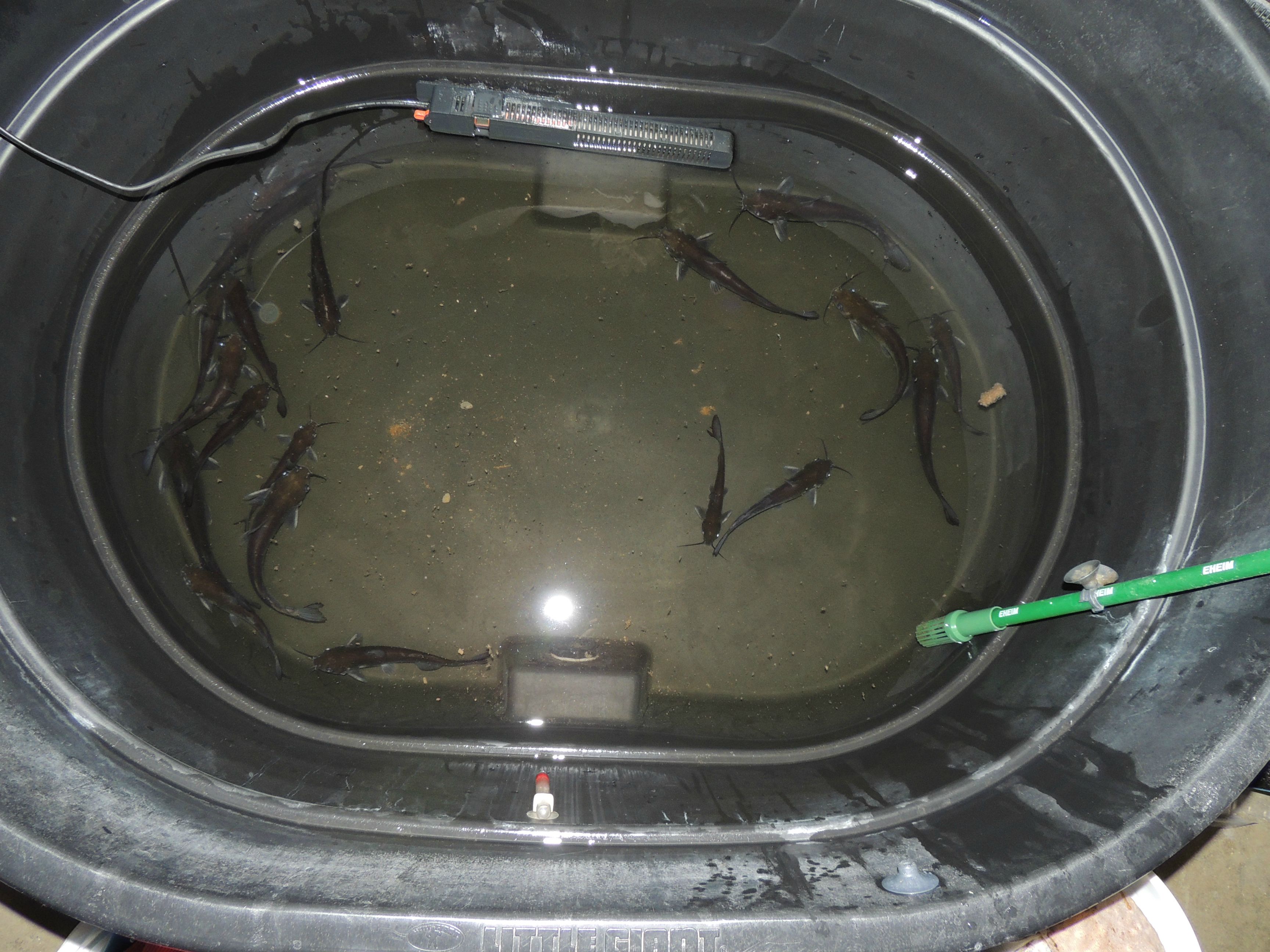
![Grin [grin] [grin]](/xen/styles/default/xenforo/smilies.vb/041.gif)
